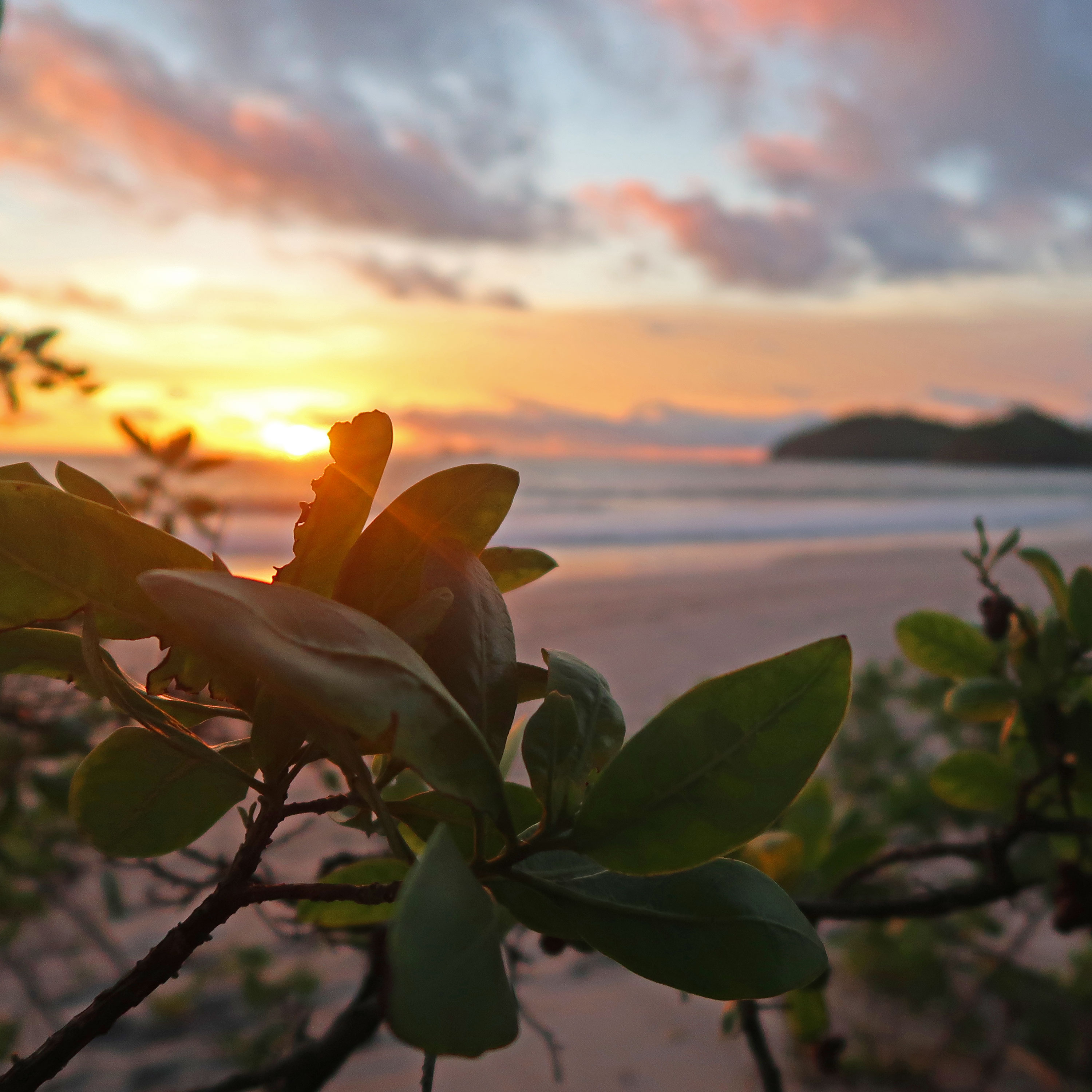If you are a digital nomad or remote worker considering Costa Rica as a destination, this article will discuss the main factors that will help you decide if working from Costa Rica is right for you. Depending on the type of work you do, what climate you prefer and how long you want to stay, there are some things to consider before planning your remote work adventure in Costa Rica.
Visa Options:
Tourist Visa & Coming Soon: Digital Nomad Visa
Many digital nomads visit Costa Rica on a 90 days tourist visa, but this depends on your citizenship, so you’ll have to confirm what the tourist visa length is for your country of origin. A new one-year digital nomad visa has just been approved and will be an option shortly. We will be updating this article as there is more information about the application process. You can read about the proposed requirements here.
WIFI Connection:
Good to Excellent
Over the past few years Costa Rica has greatly improved their connectivity, and they are still actively improving it and expanding fiber optic and other high-speed internet options to even more places around the country. In general, the farther you are from a city or tourist hub, the less options you’re going to have. Generally, anywhere in the greater metropolitan area of San José, you will be guaranteed the fastest and most reliable internet. But also now in popular costal places like Tamarindo, Santa Teresa, Puerto Viejo and Jacó, there are reliable high-speed options. High-speed is considered 50 to 100 mbps here. It took Costa Rica awhile to catch up to some of the other Latin American countries with high-speed internet, but they finally get a thumbs up in the wifi category, with speeds and reliability good enough for remote workers to rely on in most places. Just remember you do have to choose your location carefully; you can’t really expect high speed internet in the middle of the jungle quite yet.
Cost of Living:
Moderate
Costa Rica may not be the cheapest nomad destination overall, but there are options for both budget workers and luxury nomads here. The new digital nomad tourist visa sets an income requirement of $3,000 per month for individuals, and this will afford you a comfortable lifestyle in even the tourist areas. If you’re wanting to save money, just look for housing options that are outside the main tourist towns, eat at more local and less tourist restaurants, and shop where the locals shop.
Spanish Skills:
Basic level recommended
While Costa Rica is a Spanish-speaking country and you will certainly feel more comfortable here with at least a basic level of Spanish, English is also widely spoken. Especially in tourist zones, you will probably hear more English than Spanish. But when taking cabs, going to stores and restaurants, the bank, mechanic, etc., you will most likely need to communicate in Spanish. Having at least a basic understanding of the local language will open more doors for you and make life easier.
Safety:
Good
Overall, Costa Rica is safe for travelers and has the lowest crime rate in Central America, but there are things to be aware of before you visit. Non-violent theft is common, especially in tourist areas, but usually happens when you let your guard down and create an easy opportunity for someone. Break-ins happen as well, so you will want to take security into consideration when choosing a rental. Especially since as digital nomads, our livelihood depends on our digital equipment, you should take extra precautions to hide or lock up laptops, cameras and other things of value if you think there is even a small chance of someone being able to enter your place. Don’t leave things in your car ever either, even if it’s locked. This is another common scenario for theft.
Weather:
Mild to hot
When it comes to weather, Cost Rica has it all! It may be known as a tropical beach locale, but there are also cooler mountains and lakes inland. The Central Valley has beautiful year round spring-like weather, the Caribbean coast is more humid, the Guanacaste coast is dry and the Central Pacific is somewhere in between. There are actually 12 climate zones here, plus there’s usually a wet and dry season for each area.
Timezone:
Central Standard (GMT-6)
All of Costa Rica is in one timezone, Central Standard Time (GMT-6). This makes it the perfect place to remotely work for a company in any timezone in the US or Canada. You’ll never be more than two hours ahead or behind anywhere in those countries. The time difference will actually change though, depending on Daylight Savings time, since Costa Rica doesn’t turn the clocks forward like most of the US and Canada does for half the year. So part of the year you may be synced with the US Central time, and part of the year you’ll be on US Mountain time.

